The NFT landscape has shifted over the last few years and we’ve come a long way from the technology's earlier applications, but some things never change - and the challenge NFT scams pose is one of them.
With an estimated $2B being lost to crypto scams in 2023, crypto users should still be on their toes. Scammers are an ingenious bunch and are always finding new ways to carry out their nefarious schemes.
One thing that has changed, however, is that SimpleHash is now on the scene, and with our API, we can help protect NFT users from getting scammed. In this article, we’ll go over some of the most common scams in the market, and how the SimpleHash API can help protect your users.
Phishing Scams
Some of the most notorious types of scams out there are phishing attacks. Designed to steal your funds, Phishing scams are links designed to hook you into sites that look like your favorite dApp. These links often appear to lead to Discord, Telegram, Twitter, or a supposedly legit project site: be sure to always think twice before clicking a link sent to you.
Accessing the link to the phishing site and connecting your wallet gives the scammer access to your private keys, and by extension, all autonomy over your wallet. Draining your wallet and leaving you high and dry is the traditional protocol. Phishing scams have resulted in NFT holders losing vast sums over the last few years so tread carefully!
With SimpleHash’s API, our spam scores analyze the metadata of the tokens in a collection to check for phishing links, keeping your users' assets safe from phishers. Collections with tokens that include phishing links will receive a 100 spam score, meaning they should be excluded from being shown to an end user.
Bidding Scams
Scams don’t only happen when buying NFTs, they happen when you sell too.
Just like selling anything else on the secondary market, you will generally look to accept the highest bid. In the NFT space, things aren’t so simple. Bidding scams are commonplace, with NFT sellers targeted by last-minute bid changes.
Sometimes, a scammer will submit a ridiculously high bid and then change the currency at the last minute as they are buying the NFT. For example, let's say you are trying to sell an NFT and a scammer has bid 5 ETH. And that 5 ETH bid is much, much higher than the other bids in the market.
You accept the bid without double-checking the currency. Indeed, some scammers will even change their profile picture to the ETH logo to make you believe the bid is genuinely 5 ETH.
Then, the scammer changes the bid from 5 ETH to 5 USDT at the last minute. So instead of selling your NFT for what it was worth, you have ended up selling it for $5.

Whilst this may seem impossible to prevent, there is a solution. SimpleHash’s bid endpoints or Kafka streams can help determine bid depth, and you can use the API to see details of all active bids, making artificially high bids easy to spot when providing market data to customers.
Spammy Airdrops
Everyone seems to love free NFTs. However, many projects use low-quality, utility-less NFT airdrops as marketing and engagement tactics. Airdropping these to thousands of people, in an attempt to foster a community and drive brand awareness is not a rare occurrence.
This is especially prevalent on chains like Solana and Polygon as they provide high throughput and cheap minting. Even though some of these airdrops are not always malicious, it’s still annoying and can signify low-quality projects that may rug in the future. These spammy NFTs can clutter up wallets and impede a sound UX. In the worst cases, sometimes the NFTs in these spam airdrops contain phishing links so you can be at risk of losing your funds.
SimpleHash allows you to keep your UX clean, by filtering out spammy projects that have been airdropped to thousands of people by analyzing the transactions of the NFT collection. No need to worry about them taking prime real estate in your wallets and dApps.
One Score to Rule Them All
To keep users safe, SimpleHash has implemented its proprietary spam scoring system. Each NFT collection is scored between 0 and 100, the higher the score, the higher the likelihood of spam (As a recommended rule of thumb, collections with spam scores above 80 should be treated as spam)
With our fine-tuned LLM (large-language model), we analyze a collection's metadata in its entirety, alongside other signals such as floor prices, burns and marketplace presence to dictate the relative spam score. Using a mix of metadata, marketplace behavior and price action, we can determine the likelihood of spam projects, before users interact with them.
Developers can leverage these scores, and using SimpleHash’s API easily integrate them into the applications they are building. Some developers choose to filter out some collections entirely if their spam scores are too high, protecting users and improving UX.
SimpleHash’s spam scores are dynamic, meaning they change over time in response to user feedback, changes in the model and as more signals are detected from the NFT collections being measured. SimpleHash provides spam scores for NFT collections on all major chains, including the main EVM-based chains, Solana and Bitcoin Ordinals.
What goes into the spam score? (A non-exhaustive list)
- Finetuned Large Language Model (LLM) input - At SimpleHash, we have fine-tuned an model and trained it extensively on NFT metadata, giving it unparalleled knowledge of which collections are likely to be spam. The LLM also assesses the contents of the collection's media, adding another layer of knowledge to inform the score.
- Collection Listings - We access data from all the top marketplaces and scan for collections being scored - with this activity further informing the score
- Floor Prices - Floor prices of the collection are also taken into account. Projects with higher or more consistent floor prices tend to be better quality, and less likely to be spam.
- Marketplace Status - Marketplaces verify certain collections and delist others. We check whether the NFT collection has been verified or delisted anywhere. If a collection is verified on many different marketplaces, that means it's much less likely to be spam. If, on the other hand, the collection has been delisted on many different marketplaces, that makes it much more likely to be spam.
- Metadata - Collections that are missing or contain inaccurate metadata are much more likely to be spam. By analyzing metadata, we can pinpoint harmful metadata, and protect users from scams just like phishing.
- Airdrops - Through pattern recognition, we can analyze the drop mechanism for NFT collections, and depict whether they were through organic mint or an airdrop. Whilst airdropped NFTs aren’t inherently scams, they are generally used to engagement farm and hence have a lower intrinsic value - i.e spam.
NFT scams for 2024
The NFT space is moving fast, and as the tech evolves, so do the scams. To keep up with the market, our API is geared to providing crystal-clear insight into the NFT market. With our API we can help mitigate the impact of these scammers, and improve the experience for users all over the space.
For more information about how we can support your project, get in touch.


















